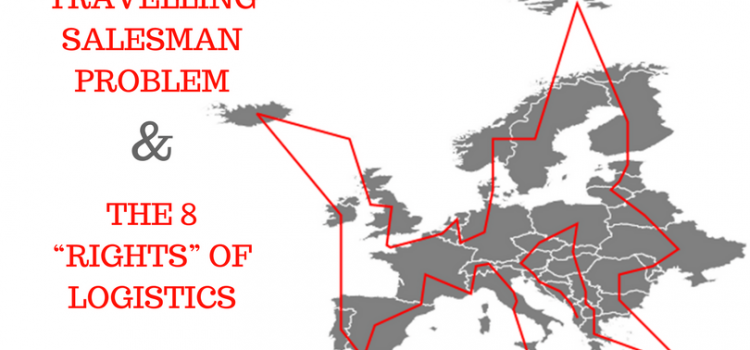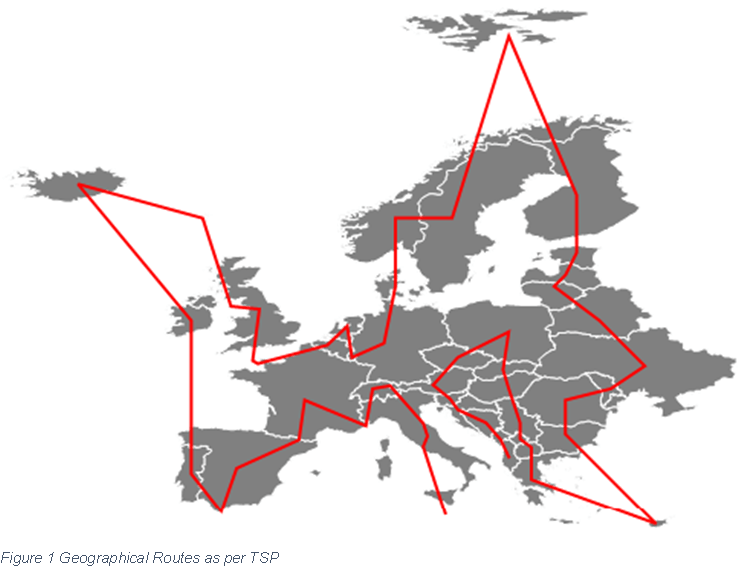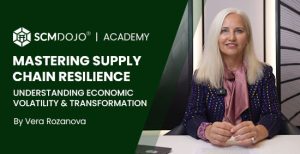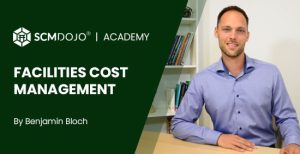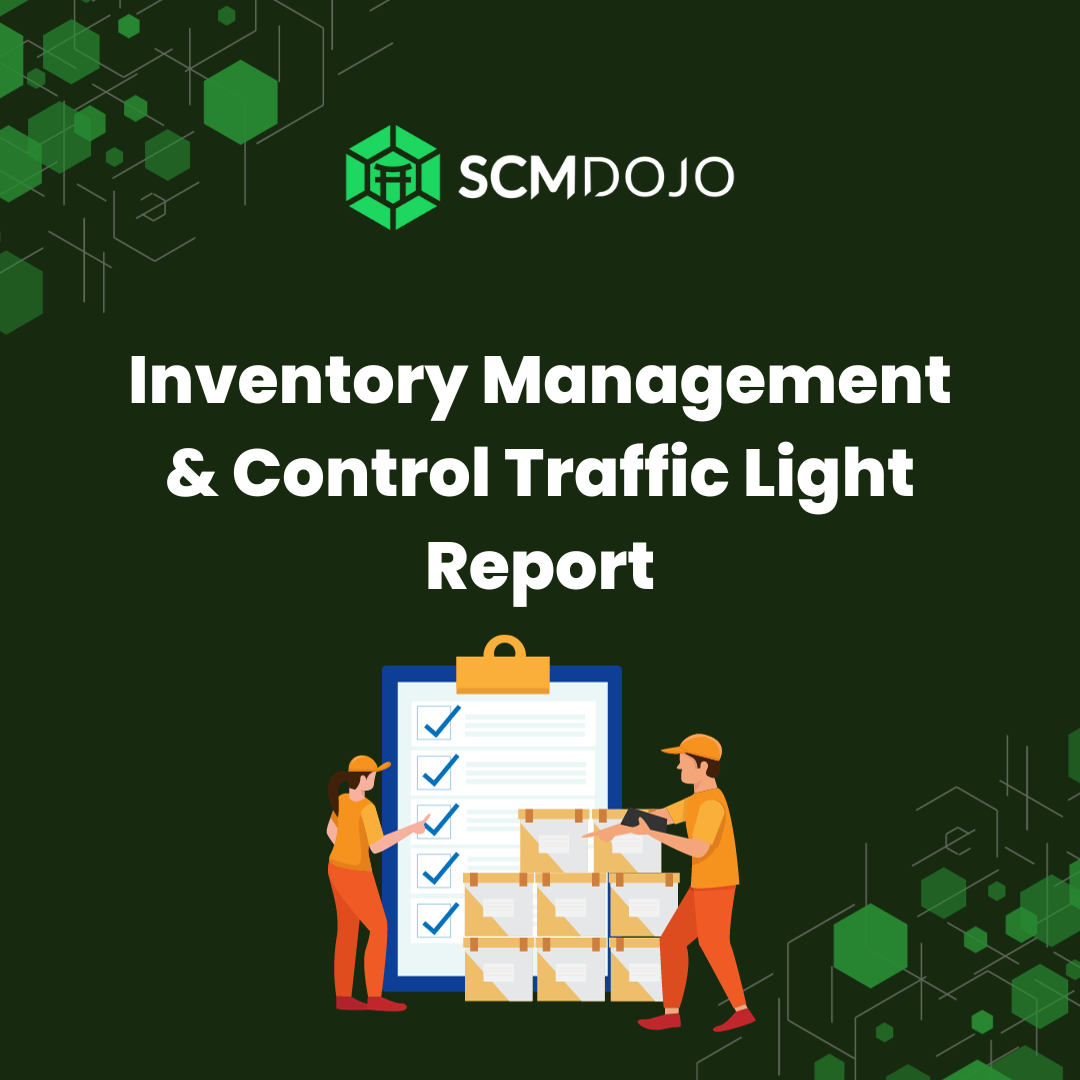The supply and distribution is a complex and above all costly procedure. Many organisations fail to save these expenses due to lack of proper planning. Planning the routes when supplying several customers, located on diverse places, can reduce these costs, time and distance immensely. Therefore, this article aims to illustrate the issues when distributing and the advantage of having the travelling salesman problem (TSP) solution, while addressing the eight “rights” of logistics.
Travelling Salesman Problem
Gutin & Punnen, (2004) explain that TSP is dealing with determining the optimum geographic route, in which the salesman begins from his domicile, visits a prescribed set of locations and returns to the initial point. Ergo, the salesmen are suggested to take the nearest points to their outset first, yet, the nearest neighbour does not necessarily mean the best solution and is not backed up algorithmically.
Due to the complexities involved, travelling salesman problem is one of the most sophisticated platforms for testing the performance of all kinds of algorithm. For example, possible routing-options for only 10 cities are 181,440. Accordingly, the greater the number of spots is, the more the degree of complexity of the situation increases as per Feng & Liao, (2014). Thus, operations-scheduling, such as travelling salesman problem, contributes to an ideal outcome, when using resources such as supply chain efficiency and customer-satisfaction (Yu, 2014).
THE EIGHT “RIGHTS” OF LOGISTICS
The determining factor for companies to prosper and differentiate from competitors is to maximize customer-satisfaction on the one hand, and to inflate the surplus-creation rather than the return-on-investment, on the other hand. SCM shapes the procedures, endeavouring to add value, fastening and improving them in various ways (Craig, 2004). Hence, Mukherjee, (2006), states that the “eight rights of logistics” are referred to “The concept of customer-satisfaction”.
1) The right Product
Normally, products are physical-composition of technical specifications or characteristics and are described in production intents (Mukherjee, 2006). The nature of products distinguishes significantly. The majority of products must be packaged properly for an efficient transportation, as well as inventory and warehousing. Thus, when taking SCM activities, such as purchasing and outsourcing, the employees are responsible to define the best routing plans for acquiring several resources from numerous suppliers, in order to supply them to the customers at the right-place by lessening cycle and purchasing-costs, minimizing travelling-distances and time.
Nevertheless, in most cases, it is an extremely complex procedure or even impossible to load incompatible-materials on the same vehicles, such as food and chemicals, due to given environmental-impacts, usage, risks and, especially regulations. Here, the composite-distribution method enables firms to get the products with a single journey. Alternatively, the travelling-salesmen-routes could be limited to only two locations rather than to many stations. By having this restriction, the risk probability, regarding incidents and accidents can be minimized and better planned.
2) The right Way
For saving transportation and operational-costs, diminishing distances, greenhouse gas-emissions and adding value to the supply chain, the right way is indispensable. These predicaments are described as travelling salesman problem and McKinnon, et al., (2015) suggest a computerized approach, such as TSP-software-package, which identifies the right-routes and schedules to overcome this problematic. For the matter of fact, it enables companies to gain 5% to 20% cost-savings regarding local and global-transportation. As confirmed by Gutin & Punnen, (2004), travelling salesman problem is designated to find the shortest way and connecting the nodes of predefined-locations, by making a finite number of trials of alterations. Taking the right-path means fuel and carbon-footprint reduction, which is beneficial for the environment and enhances green-logistics, whereby wastes can be eliminated and expenses shrunk.
Rosenbush & Stevens, (2015), name the example of UPS in the USA, which saved 20 miles per truck/ day, when using the routes travelling salesman problem displayed. These cuttings enabled UPS to save expenses massively and increase supply chain efficiency.
3) The right Quantity
Quantity is not solely associated with the product itself, but to a large extend, with market-demand. Therefore, all operations are strongly required to comply their supplies to the client`s-requests. Since demand is stimulated by well-defined marketing campaigns and sales strategies, the quantity is pivotal distribution requirement-planning (DRP) (Mukherjee, 2006).
When providing offers and sales promotions, the right-quantity as well as the-quality make the suitable combination for customer`s-fulfilment. Nevertheless, at the same time, promotional activities complicate the order-processing and DRP severely. Therefore, McKinnon, et al., (2015) hint a stochastic-approach, meaning when demand is uncertain, an estimated demand should be forecasted and the goods supplied to client`s locations. However, the dilemma is, when there is a demand-surplus and supply-shortage, the vehicles have to return to the domicile, to reload the commodities and supply the other buyers scheduled. This again would affect time as well as distribution-planning and leads to an inefficient travelling salesman problem.
4) The right Quality
Product-quality is determined by characteristics and features the manufacturer sets, which needs to meet the customer´s-expectation. Hence, quality seems to be the most valuable attribute for the consumers and their decision depends on it, when having similar products provided. As mentioned by Rivera-Gómez, et al., (2016), quality might be the key element for company`s success, however many organisations fail to provide qualitative goods. The reasons are, lack of machine specifications, as well as delays, defects, degeneration, downfalls, etc., which leads to longer lead-times, and this again leads to customer`s dissatisfaction and incapability of fulfilment of demand-forecasting. Thus, travelling salesman problem is responsible to cut unnecessary distances and cycle-time and to increase efficiency along the value chain (Gutin & Punnen, 2004).
5) The right Place
The product/ service should be provided at the place, where customer demand exists or occurs. The clients purchase their goods, likely as near as possible to them, even if the prices are up to 10-20% higher. That behaviour takes place, especially when they want to save time and transportation cost (Mukherjee, 2006). Here, it is recommended for manufacturers to develop an optimal structured distribution-network and provide their goods and respond to their customers at the right place on the right time. Hence, travelling salesman problem´s objective is to shorten the way, in order to be able to replenish the materials in shortest time at the right place, as soon as the demand is determined (Gutin & Punnen, 2004).
6) The right Time
The right-time is linked with three focal factors, being customer´s needs and wants, their purchase-power, and its consumption and usage. In other words, when a product is allocated on the market and there is no need for it or no spending-power and it cannot be used due to, e.g. seasonal reasons, then the attempt to succeed simply fails. For avoiding this failure, the right time is decisive, when launching items into the market (Mukherjee, 2006).
When it comes to transportation, the right time should be chosen and rush-hours should be avoided, to prevent congestions. Thus, customers can be delivered optimally and efficiently. At the same time, fuel costs and vehicle emissions can be lowered. With the help of modern technology, such as GPS the vehicles can be tracked to analyse the relevant data including fuel-consumption, time-in-transit and speed. By obtaining this info and having proper information technology (IT) services, distribution-planning, order-processing and transportation can be optimized, and customer-relationship can be intensified.
McWilliams, (2010) refers to the travelling salesman problem, which enabled three giant logistics enterprises, being Federal Express (FedEx), Deutsche Post (DHL) and United Parcel Service (UPS), to optimize their scheduling-processes through an iterative improvement algorithm. Hence, by applying TSP the timespan shortened and accordingly labour, operational and transport costs could be cut significantly.
7) The right Customer
The main driver for the company`s success is to have satisfied clients and understand their desires and behaviours (Mukherjee, 2006). According to McKinnon, et al., (2015) customer`s-demand changes dynamically. Ergo, in a vibrant, unexpected and even unknown demand-changing environment, it is pivotal to have instant data to be able to reschedule, modify, and adjust the order-intake responsively. By intensive collaboration, the supplier can counteract demand-oscillations, plan and forecast them accurately, and make effective use of their loading-capacity. A good option for the customers is to define an ordering and delivery timetable and sharing them with the vendors. Hence, the entire logistical process can be improved, which is beneficial for both sides (McKinnon, et al., 2015). Since TSP facilitates shorter delivery time, the customer-satisfaction could be increased, because they do receive their goods on the desired time.
8) The right Cost
Due to the fact that today’s customers are very knowledgeable and smart, they inform themselves about the product and service costs, characteristics and concepts rapidly and effortlessly. The goods are not simply offered for them locally, but globally and they can obtain them in shortest time. It has never been easier to acquire high-qualitative products that inexpensively, and therefore offering low prices is not a distinguishing feature anymore. Ergo, when they compare the products, and they being equal or identical, they naturally tend to buy the cheaper ones (Mukherjee, 2006).
Costs are also not only limited to the product itself, but to all business activities. In order to minimize them, the most efficient way is proven to be fully-laden vehicles on all trips. This impacts the environment positively, due to fuel consumption reduction and even traffic-level-abatements. With the application of travelling salesman problem, FedEx managed to cut unnecessary costs by identifying the optimum geographic map and finding the balance between the best outcome and consistency. Hence, the cost per route was not significant, however by having 55.000 routes, alone in the U.S, the grand total made the difference (Rosenbush & Stevens, 2015).
Conclusion
As per Mukherjee (2006), there are eight rights of logistics, which need to be appropriate to make the supply chain as efficient as possible and satisfy the customers.
Travelling salesman problem is one of the most applied methodologies within logistics and SCM, endeavouring for the optimal solution. It facilitates the companies in nearly infinite ways, due to its various application and given solutions. Its emphasis is on cost saving of transport-touring, by finding the optimum routes, minimizing the distances and times. All these approaches lead to customer satisfaction and profit for the organizations simultaneously.
About Author: Sinbl Hawro Yakoob
I graduated in Int. Business Studies, specializing in Supply Chain Management (SCM), from the Zuyd University of Applied Sciences in Maastricht, NL. Only recently, I have finalized Master’s in Int. SCM and Logistics at the Plymouth University, GB. Hence, I endeavoured an academic career within multiple countries, in order to learn different facets of Logistics and SCM. While studying International Business, the subjects of Logistics and SCM have enhanced my interests considerably, and therefore I have decided to pursue masters in that field. Having a profound insight in this realm is significantly contributing and instilling to my knowledge, which is certainly pivotal for being able to write articles and transfer this know-how for the interested readers. Thus, combined with my interest in international development, I am positive that I have much to add to this blog and for its followers. Currently, I am working at Mercedes Benz Customer Assistant Center Maastricht, NL in the Critical Parts Management Department, in which I am responsible for handling the global supply and distribution of critical and bottleneck products.
Recommended Reading :
Logistics Management and Strategy: Competing through the Supply Chain (4th Edition)
Operations Management For Dummies
About the Author- Dr Muddassir Ahmed
Dr MuddassirAhmed is the Founder & CEO of SCMDOJO. He is a global speaker, vlogger and supply chain industry expert with 17 years of experience in the Manufacturing Industry in the UK, Europe, the Middle East and South East Asia in various Supply Chain leadership roles. Dr. Muddassir has received a PhD in Management Science from Lancaster University Management School. Muddassir is a Six Sigma black belt and founded the leading supply chain platform SCMDOJO to enable supply chain professionals and teams to thrive by providing best-in-class knowledge content, tools and access to experts.
You can follow him on LinkedIn, Facebook, Twitter or Instagram

